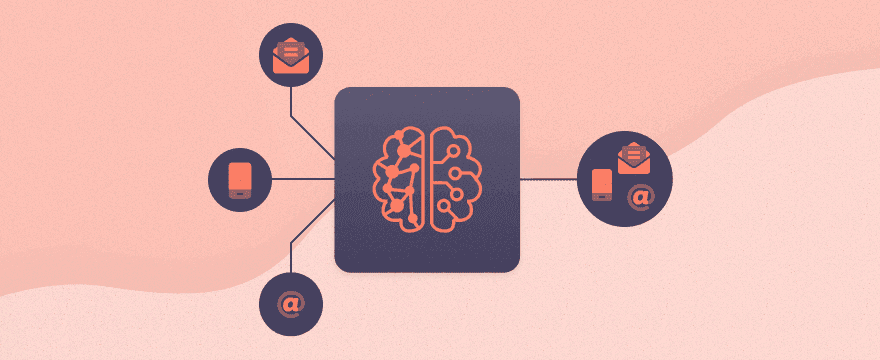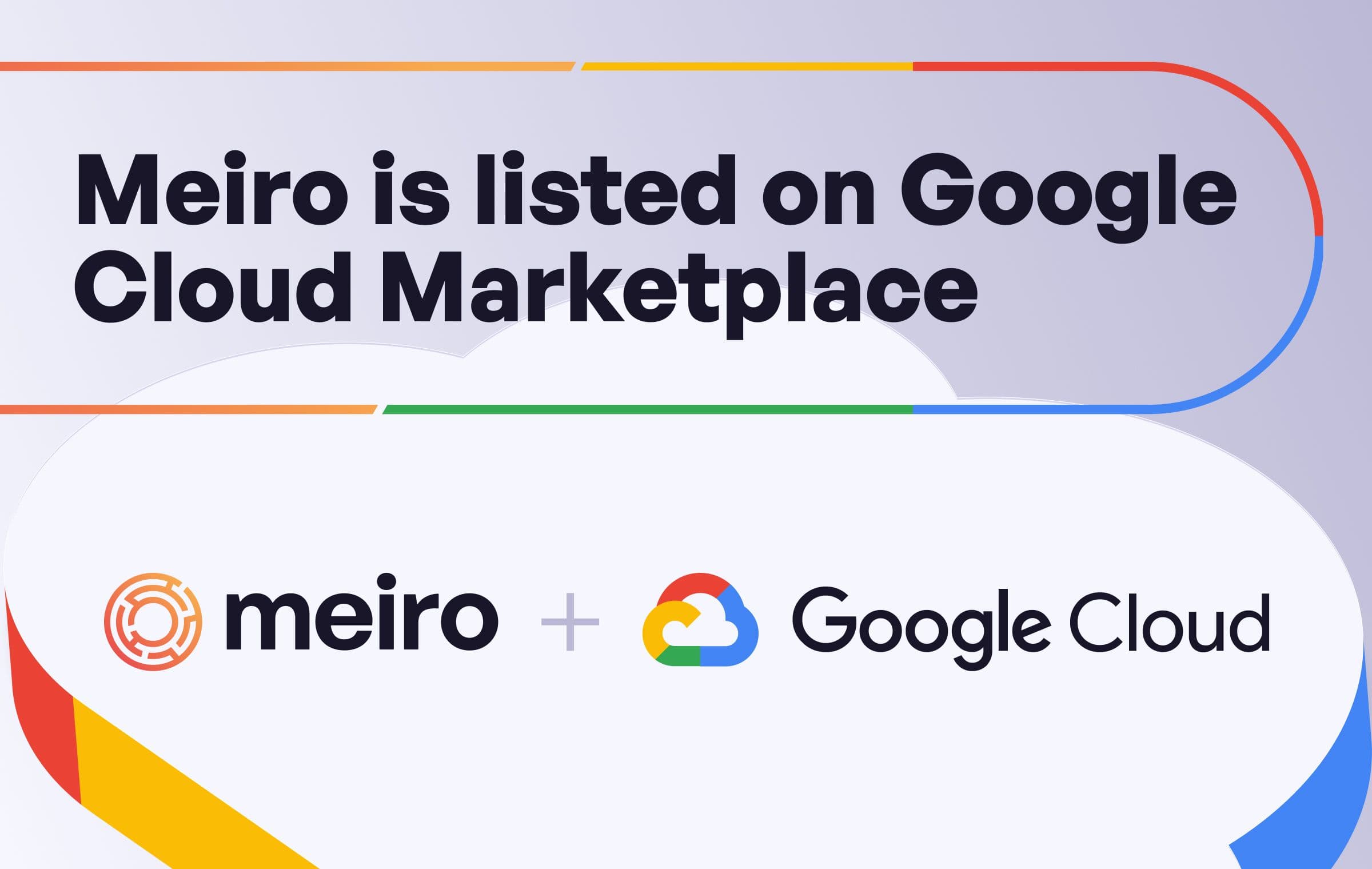Data-driven Marketing: The Benefits of CDP vs DMP
CDPs and DMPs aren’t competitors, they’re complementary. Here are just a few of the benefits of both CDPs and DMPs.

CPO | Co-Founder of Meiro
With a plethora of marketing data tools out there, we are bound to get confused between them. One of the most common confusion and comparisons is between the Customer Data Platform (CDP) and Data Management Platforms (DMP). We'll help you understand the two by having a detailed CDP vs DMP comparison.
How DMPs stand in this CDP vs DMP comparison
DMPs are still important in the marketing/sales world, but they are gradually becoming complementary. General advances in technology and the resulting demands of end-users like marketers and advertisers have a lot to do with the decline of the DMP. But, there are also larger issues of privacy, regulation, and data security that are forcing businesses to rethink how they handle their customer data. Cookie-based tech is on the ropes. GDPR in Europe is the first example of what is likely to become a trend of governments regulating data collection on the web. Companies like Apple are already trying to get out in front of it. Sure, DMPs achieve some semblance of data collection and delivery, but the ways in which they do these things are incredibly rigid and inflexible. They operate with unidentified user data in a huge pool of cookies. All of that happens in a black box (a data silo) with a SaaS application sitting over it. Sure, your DMP has a lot of behavioral data, but, ultimately, you can't use any of it to enrich your first-party data set. That’s a problem. This is partly by design, of course. As a customer, if you could use your DMP data like that, the subscription model would be immediately obsolete (let that sink in for a minute...). The value of a DMP isn’t the technology, which is actually pretty basic, but the compiled cookie data set it’s created over the years.

Customer Data: An Evolving Landscape
Chris O'Hara captured it well over at Econsultancy (in 2017!). He wrote:
"(M)ost DMPs were architected during a time when it was unnecessary to collect data through a schema-on-read methodology—and extremely costly. Today’s unrelenting shift to AI-driven marketing necessitates this approach to data collection and storage, and older systems are tooling up to compete. If you want to create a consumer data platform (“CDP”), the hottest new buzzword in marketing, you need to collect data in this way. So, the industry is moving there quickly."
This is a crucial point. DMPs can handle first-, second-, and third-party data relatively well. They can also turn that data into something useful and push it back to ad platforms. But, as O’Hara notes in his Econsultancy piece, the data may not actually be accurate. More than that, DMPs are data silos - the likes of which CDPs are built to transform. Although DMPs ingest and then deliver data to and from a variety of sources, they do nothing for the larger data management picture within a business. Add to that the rapidly-changing regulatory (and cultural, if we’re being honest) environment around data privacy - and the issues that create for third-party data sources - and it’s a recipe for the demise of the DMP. DMPs were not built for the social web. They don’t transform and standardize data as CDPs do, and they serve little-to-no purpose for customer experience teams.
CDP vs DMP Biggest Difference: First-party Data & Customer Marketing
First-party data has always been the most valuable data for businesses. DMPs have never achieved anything resembling persistent customer profiles. CDPs - with ETL as a backbone - are built for just this. Unified data, identity stitching, and delivering deep personalizations and rich custom audiences are what set CDPs apart from DMPs. The fact is that DMPs and CDPs are fundamentally different systems that do different things, and they can co-exist. As Martin Kihn writes at AdExchanger,
“It is harder to answer the question ‘Do I need a DMP?’ today than it was last year. But it is still not an easy yes or no.”
He rightly notes that there is still a lot of business to be done on the open web, and, if you’re in the ad-buying role, get a DMP. Get two! DMPs were built for that ecosystem and can still be effective at serving data to ad platforms. But, understand that having a CDP to go with your DMP (and other systems) is really where the magic happens. For now, there’s still room in the market for DMPs and CDPs, but the writing is on the wall.
Unleash the full potential of your customer data. Let’s talk!
Spread the love:

Pavel stands behind all the smooth operations and business growth. You would run into him in the queue at airports rather than in one place. Besides that, he enjoys chess, boxing, and history.


